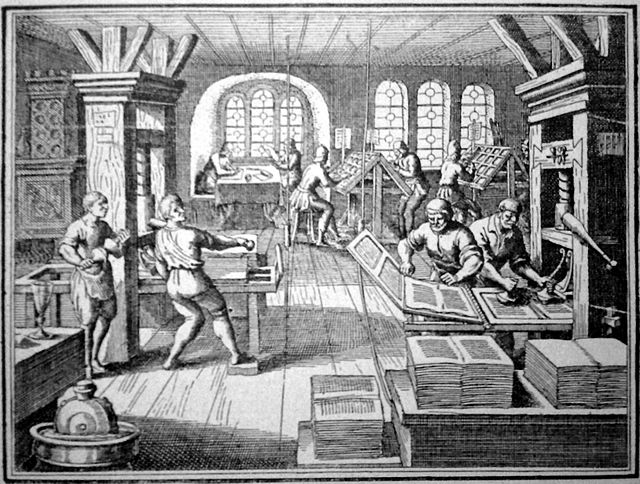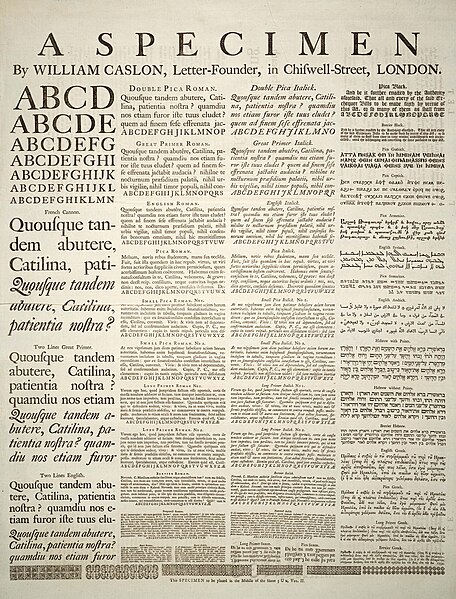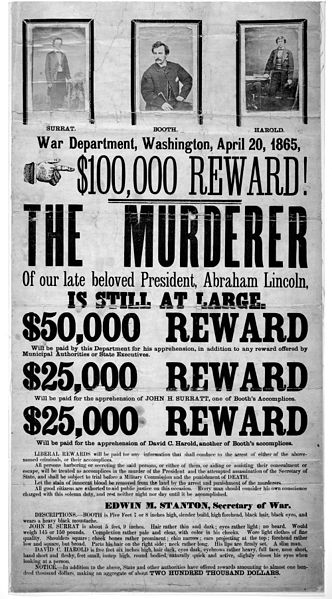Jan Tschichold, also known as Iwan Tschichold or Ivan Tschichold, was a German calligrapher, typographer and book designer. He played a significant role in the development of graphic design in the 20th century – first, by developing and promoting principles of typographic modernism, and subsequently idealizing conservative typographic structures. His direction of the visual identity of Penguin Books in the decade following World War II served as a model for the burgeoning design practice of planning corporate identity programs. He also designed the typeface Sabon.
Jan Tschichold in 1963
Title page for Typographische Gestaltung, written and designed by Jan Tschichold using City Medium and Bodoni. Published in 1932 by the Benno Schwabe & Co. publishing house.
Typography is the art and technique of arranging type to make written language legible, readable and appealing when displayed. The arrangement of type involves selecting typefaces, point sizes, line lengths, line spacing, letter spacing, and spaces between pairs of letters. The term typography is also applied to the style, arrangement, and appearance of the letters, numbers, and symbols created by the process. Type design is a closely related craft, sometimes considered part of typography; most typographers do not design typefaces, and some type designers do not consider themselves typographers. Typography also may be used as an ornamental and decorative device, unrelated to the communication of information.
Movable type being assembled on a composing stick using pieces that are stored in the type case shown below it
A sixteenth century workshop in Germany showing a printing press and many of the activities involved in the process of printing
A specimen sheet by William Caslon shows printed examples of Roman typefaces.
Nineteenth century wanted poster for John Wilkes Booth (the assassin of U.S. President Abraham Lincoln) printed with lead and woodcut type, and incorporating photography






